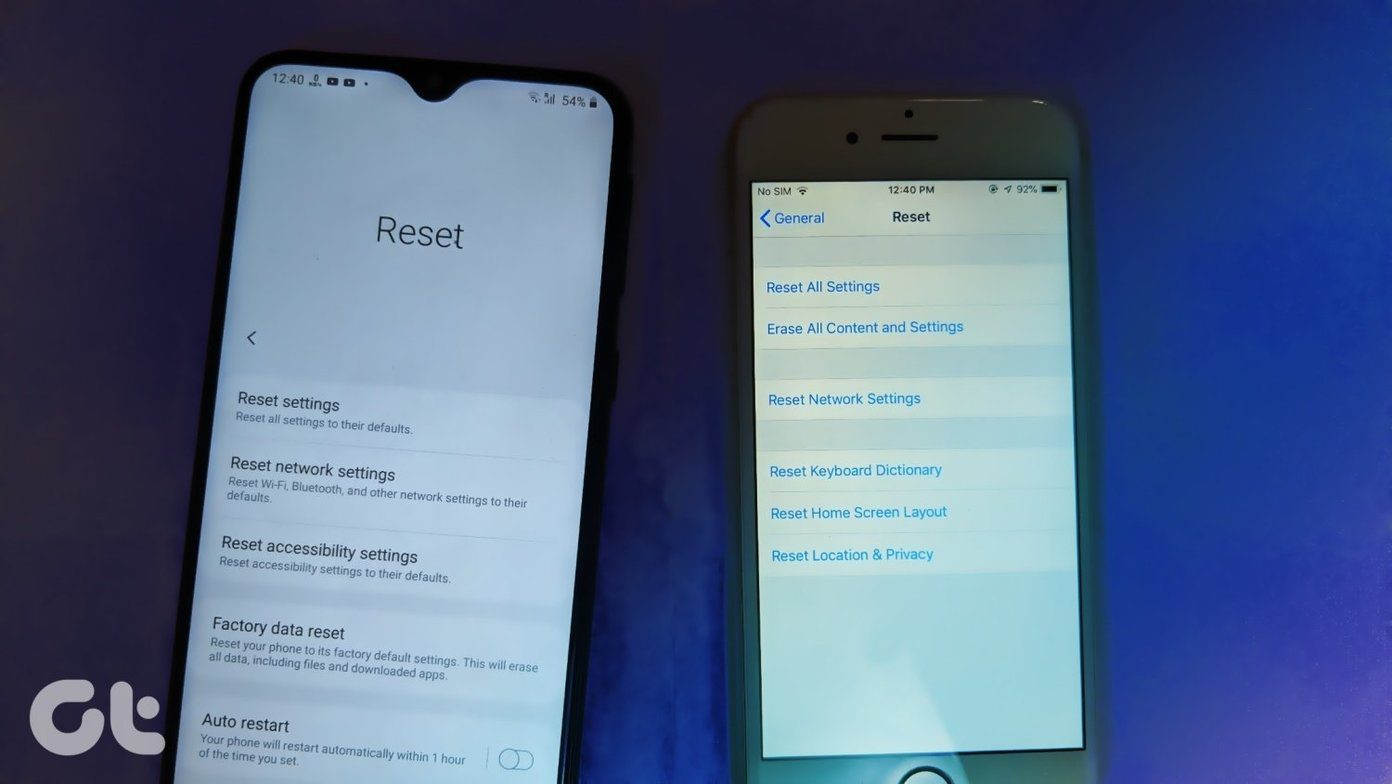There are different types of macro lenses available out there with a variety of focal lengths. And a few go ahead and pack in added features like image stabilization, higher magnification, and ED glass elements to reduce chromatic aberration. But as you might already know, macro lenses are not universal. The type of lenses you select will mostly depend on the make and model of your current camera. Secondly, the focal length also varies from lens to lens. While macro lenses with a focal length between 30mm-50mm are common picks, the focal length can go as far as 200mm. The mantra is simple: a longer focal length will give you the convenience of shooting an object from afar, and at the same time, give you impeccable results. Now that we have that settled, here are four of the best camera lenses for macro photography. But before that,
Looking for stable wobble-free shots? Here are the best camera tripods that you can buyHere’s how to clear scratch disk in Photoshop CC 2019 on Windows 10
1. Canon EF 100mm f/2.8L IS USM Macro Lens
Dimensions: 77.7 x 123 mm | Weight: 625 g | OIS: Yes (4-stops)Minimum focus distance: 0.3 m | Maximum magnification: 1.0x
The front element of this lens doesn’t rotate while focusing, which means no additional shakes and movement when you are focusing. At the same time, the HIS (Hybrid Image Stabilization) tech makes it easy to frame the shots. For the record, HIS corrects shift movement as well as angular movement. However, note that in macro photography, image stabilization doesn’t mean you can leave out the tripod. If you want crisp and sharp shots, a quality tripod is an essential accessory in photography. Aforementioned, the results are on point. The subject has a sharp focus with the background in a soft bokeh. The lens has a solid build and includes weather sealing. The major elements like the lens mount, plate, and focus ring are crafted from aluminum, while the rest is made from plastic. This makes the lens bearable to carry, especially during remote shoots.
2. Tamron SP 90mm f/2.8 Di Macro 1:1 VC USD (AFF017N700)
Dimensions: ~117.1 x 79 mm | Weight: 610g (Canon), 610 g (Nikon) | OIS: Yes (3.5 Stops)Minimum focus distance: 0.3 m | Maximum magnification: 1.0x
The focal length of 90mm means it gives you little space to frame your shots. As per the folks at PC Mag, this Tamron lens gives you about 5 inches of working distance between the subject and the lens. On the upside, it means you will get real-like 1:1 magnification. Image wise, it delivers sharp results. As noted earlier, the images are crisp and clear. The only downside is that the corners may appear a tad on the dimmer side. The Tamron SP 90mm f/2.8 macro lens is lightweight and comfortable to use. Even though the barrel is crafted from metal, weighing about 610 grams. So it is easier on your shoulders when hauling your camera equipment. And yes, it comes with a switch for turning the Vibration Compensation on/off.
3. Panasonic Lumix G Macro 30mm f/2.8 ASPH
Dimensions: 63.5 x 58.8 mm | Weight: 180 g | OIS: Yes (MEGA O.I.S.)Minimum focus distance: 0.1m | Maximum magnification: 1.0x /(2.0x (35mm camera equivalent))
It carries several important perks such as OIS and fast autofocus. The autofocus feature has been praised by many for being snappy. This lens can be used on Micro Four Thirds (MFT) cameras and delivers an equivalent effective field of view of 60mm. And the short minimum focusing distance is the cherry on top. The low price means you will have to give up on some features, and in this case, it’s the weather sealing. But the good news is that the lightweight build (almost half of the ones above) means you can use this lens comfortably during your outdoor shoots.
4. Nikon AF-S DX Micro-NIKKOR 40mm f/2.8G DX
Dimensions: 68.5 mm x 64.5 mm | Weight: 235 gMinimum focus distance: 0.163m | Maximum magnification: 1.0x
However, the short focal length is a limitation when capturing extremely minute objects since the camera body may block out light. Nevertheless, it delivers impressive results for the price. It eeks out crisp, detailed, and sharp images. In fact, the sharpness stays on point right from the center of the image to the corners. Again, it’s not weather-sealed, given the low price. But the good news is that the rubber gasket at the top prevents dust and lint from building up and getting sucked inside the lens. Last but not least, it’s a versatile lens and can be used to capture both portraits and landscapes. However, you will have to deal with a tight frame while capturing landscapes.
Magnify the World Around You
Photography requires a lot of patience, and you can say the same about macro photography. The smallest of shake or movement can render a beautiful frame useless. While OIS seems to be a welcome addition in most of these lenses, we recommend using a combination of a tripod and a shutter remote to avoid any movement and shakes. The above article may contain affiliate links which help support Guiding Tech. However, it does not affect our editorial integrity. The content remains unbiased and authentic.












